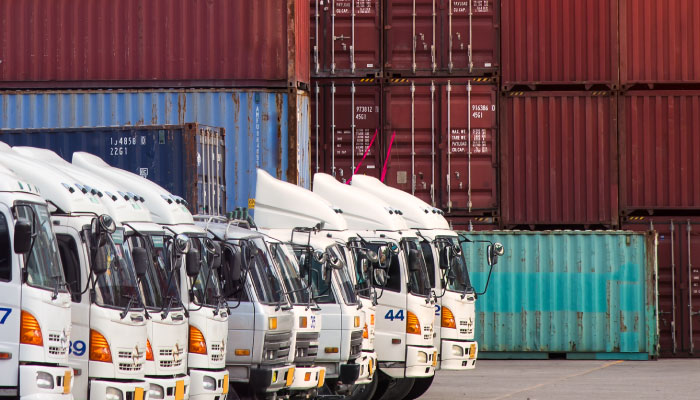When President Obama signed the Food Safety Modernization Act (FSMA) into law back in 2011, much of the bill’s intent was to curb the effects of outbreaks that were sickening an estimated 48 million people annually, according to the Centers for Disease Control and Prevention (CDC).
But the bill had much farther-reaching impacts—it dialed in operations on America’s 2.1 million farms and is now impacting protocols for more than 84,000 food shippers, carriers and receivers. The bill’s rules have been rolled out in waves, impacting larger businesses first, then progressively smaller. Rules for shippers went into place in April, 2016, with larger companies given until April of 2017 to comply and smaller shippers given until April 2018. Additional guidance was released in August 2017.
The rule puts in place requirements for anyone shipping, loading, carrying or receiving human and animal food, whether the transport be by rail or road—and not, notably, by sea or air.
“Specifically, the FSMA rule establishes requirements for vehicles and transportation equipment, transportation operations, records, training and waivers,” the Food & Drug Administration (FDA) noted in a rule briefing.
Understand the Law and the Rules Implementing It
This is a big law with lots of detail, said the Safe Food Alliance. “One of the first challenges that companies will face when diving into FSMA is understanding the law and the rules which will implement it,” the organization said in a fact sheet.
Key requirements for shippers, noted Geotab, include:
- The design and maintenance of transportation equipment must ensure that the food remains safe—for example, if must be cleanable and able to maintain correct temperatures.
- Measures must be taken to ensure food remains safe during shipping, such as proper temperature control, prevention of contamination, and unintentional incorporation of any allergens.
- Carrier personnel need to be trained on food safety.
- Full records must be kept.
Those exempt from the rule, according to the FDA, include:
- Shippers, receivers or carriers who have less than $500,000 in average annual revenue
- Transportation activities on a farm
- Food shipped through the United States—say, from Canada to Mexico
- Food imported for future export which is not consumed or distributed in the United States
- Compressed food gasses and food contact substances
- Transport of human food byproducts for use as animal food
- Transport of live food animals, except molluscan shellfish
Rules Snag Planners, Dispatchers and Drivers
Fleet Owner said new transport rules mean that planners, dispatchers and drivers need to be on their toes.
Planners need to note what’s coming in and what equipment is needed, determine if drivers are experienced, ask if a trailer needs to be washed prior to lading, let the driver know what the pickup timeframe is and monitor dropped load temperature controls.
Dispatchers need to communicate instructions to drivers, confirm and double-check set and box temperatures, monitor temperature readings while loads are in transit, notify inbound planners of what they should expect and monitor seal integrity.
Finally, drivers need to conduct pre-trip inspections, check trailer conditions, be trained in refrigerated (“reefer”) unit operations, notify dispatch of prolonged loading and unloading times, check reefer tank fuel levels and additives, and check box temperatures every four hours or when stopped.
Haulers need to take these rules seriously, cautioned Jon Sampson, from the American Trucking Associations.
“The proposed rule had several areas of concern,” he told American Trucker. “The FDA verbally committed to keeping this flexible and really understanding the processes in the industry, but when they initially proposed the rule, it didn’t quite match up with that. By the time we got to the final rule, we were mostly satisfied with what they wrote.”




